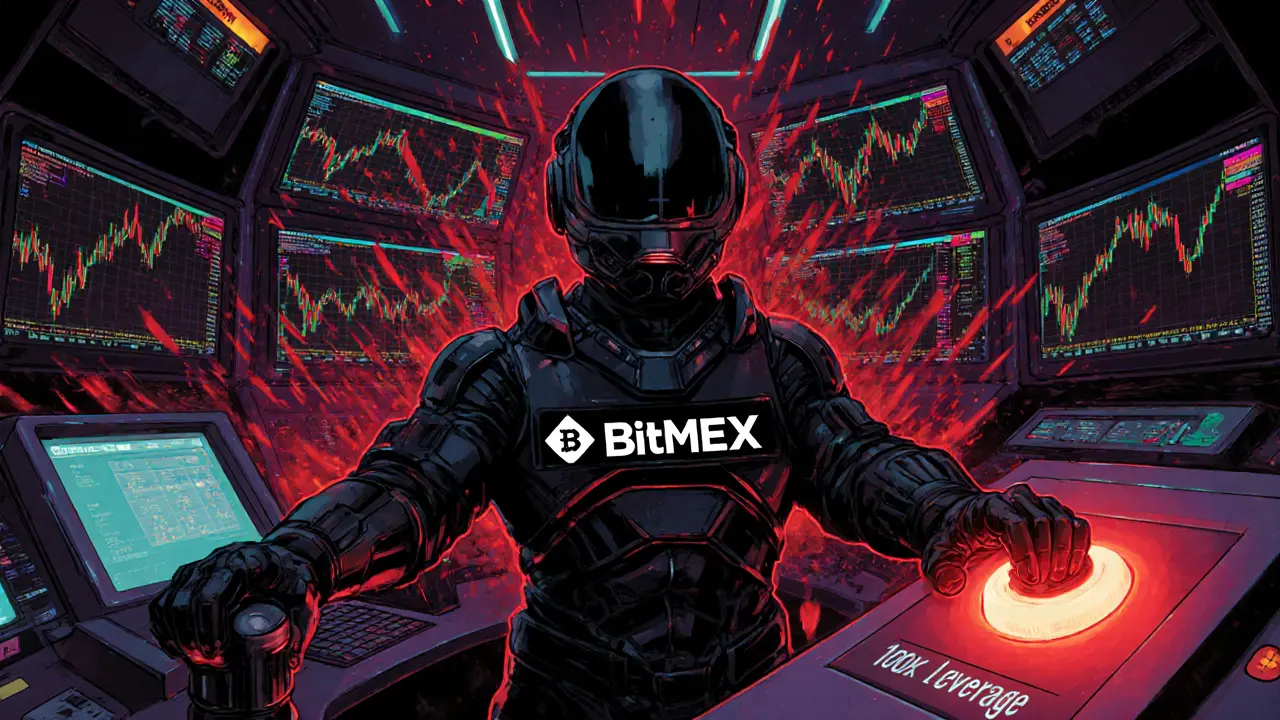When you trade on BitMEX, a once-dominant crypto derivatives exchange that pioneered perpetual futures trading with high leverage. Also known as BitMEX Exchange, it was the go-to platform for traders who wanted to bet on Bitcoin price swings without owning the actual coin. But behind the high leverage and flashy charts was a fee structure that could eat into profits fast—if you didn’t know what you were paying.
BitMEX didn’t charge flat fees. Instead, it used a maker-taker model, a system where users who add liquidity (makers) get paid, and those who remove it (takers) pay a fee. This meant if you placed a limit order that sat in the order book, you earned a rebate. But if you clicked "buy now" and filled someone else’s order, you paid up to 0.075%. That sounds small—until you’re trading $100,000 positions daily. Then there’s the funding rate, a periodic payment exchanged between long and short traders to keep the perpetual contract price close to the spot price. On BitMEX, this could swing from -0.01% to +0.075% every 8 hours. Over time, that added up—especially if you held positions through volatile markets. Many traders didn’t realize how much they were paying until their account shrank, not from bad calls, but from fees.
BitMEX’s fee model worked great for high-frequency traders and arbitrage bots. But for most retail users? It was a hidden tax. When competitors like Bybit and Binance started offering lower taker fees, zero funding rate caps, and clearer pricing, users started leaving. Even now, years after its legal troubles and decline, BitMEX still runs—and people still trade there. But if you’re thinking about using it, check your trade history. How much of your loss was the market? And how much was just the cost of doing business on a platform that never made its fees easy to understand?
Below, you’ll find real reviews, breakdowns, and lessons from traders who’ve been burned—or saved—by BitMEX’s fee structure. No fluff. Just what you need to know before you click "open position."

BitMEX remains a top platform for crypto derivatives with unmatched Bitcoin liquidity and low fees, but its complex interface, offshore risks, and U.S. ban make it unsuitable for beginners. Learn who should use it-and who should avoid it-in 2025.